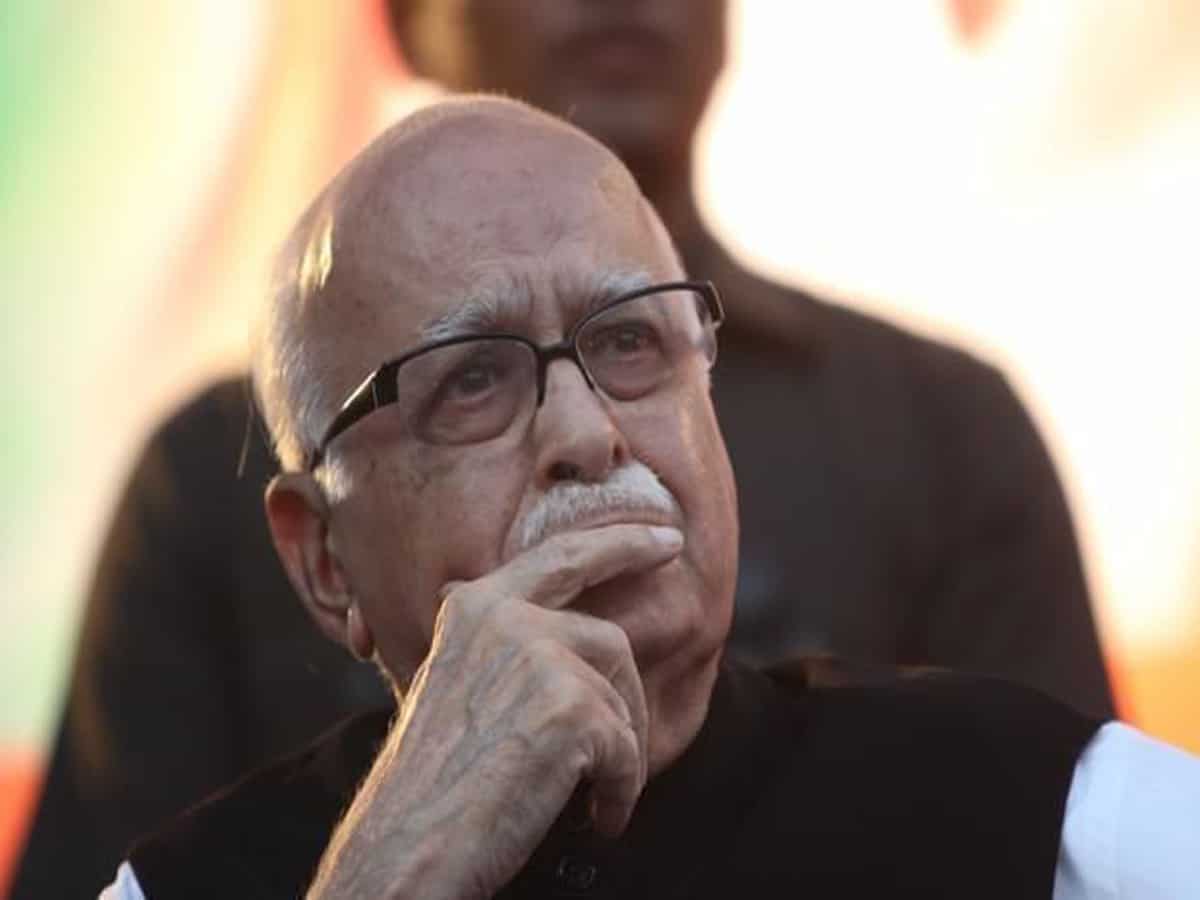
Without taking into account the prevailing eco-system which favours the growth and expansion of the rightist forces across the globe, several media commentators often end up holding Gandhis—Sonia, Rahul and Priyanka—responsible for all which goes wrong in the Indian National Congress.
Ahead of the All India Congress Committee session in Ahmedabad on April 8 and 9, they are charging that just a small coterie is running the party, whose organizational set-up is in tatters.
No doubt the 140-year-old party has been out of power in the Centre and most of the states since 2014 yet the whole scenario cannot be seen in isolation. This phenomenon of the consolidation of rightist forces is not only confined to India but has, of late, spread fast even in the most developed countries—the United States, Italy, France, Germany, the Netherlands, Sweden, Britain, Israel, etc.
What some of our political pundits fail to appreciate is that the Bharatiya Janata Party, which has been in power for the last 11 years is not being run even by a coterie, but by one person. Nobody can deny that there is at least a better environment for the inner-party democracy within Congress than the saffron party, whose chief J P Nadda, is a figurehead who hardly enjoys any power to make decisions. His term expired a long time ago yet the media seldom raises this issue. Contrary to this the Congress elected its president, Mallikarjun Kharge, through due process. One can criticize Congress on this count, but none can question the BJP.
Global scenario
What many analysts tend to overlook is the fact that the scenario throughout the world has changed since the 1990s. The collapse of Communism, the unbridled growth of capitalism and the rise of electronic media provided more opportunities for the spread and consolidation of communal, caste, racial and nationalist politics.
Had these significant developments not taken place the Ram Janambhoomi movement of Lal Krishna Advani in the late 1980s and early 1990s would not have succeeded and the Bharatiya Janata Party might not have increased its tally from two in 1984 to 86 seats in the 1989 Lok Sabha elections—it ultimately came to power in 1998. Its earlier version, the Bharatiya Jan Sangh and Hindu Mahasabha had in the past several efforts to polarize society have failed as the global, national and local atmosphere did not favour them.
The Congress-led alliance returned to power in 2004 largely because of the inefficiency of the Atal Bihari Vajpayee government, which failed on various fronts—the fact hardly discussed in the media.
The BJP, notwithstanding the organizational network of Rashtriya Swayamsevak Sangh, and millions of committed cadres, was down in the dumps between 2004 and 2014. The Iron Man, Lal Krishna Advani became a much-maligned figure within the Sangh Parivar as he on June 4, 2005, melted down before the grave of the founder of Pakistan, Mohammad Ali Jinnah, and ended up giving him the certificate of ‘secular’ and called him the ambassador of Hindu-Muslim unity. He also dissociated himself from the concept of Akhand Bharat and criticized the demolition of Babri Masjid in the country of his birth.
Return to emotive issues
But since the rightist forces cannot thrive without raising any emotive issue the BJP resorted to the same old strategy in 2013 when on September 13 it made Narendra Modi the prime ministerial
candidate.
The Congress party bounced back to win 99 seats in the 2024 Lok Sabha election and with its alliance partners brought down the figure of BJP to 240 from 303 in 2019.
However, unlike the BJP, the Congress top brass cannot brazenly exploit the emotive communal or caste issue for its revival. Even if its leadership sometimes adopts a middle path on any issue it is criticized from all sides for following soft Hindutva or indulging in minority appeasement policy.
The emergence of social media has further facilitated the growth of parties which excel in polarizing politics, especially in the name of religion. So those who highlight BJP’s successful revival under Advani and Narendra Modi should understand that Gandhis or even for that matter Kharge, cannot imitate them.
Parallel with Israel
On the international plain, a parallel can be drawn between Israel and India as a lot of things had happened in miniature in the Jewish state. Like Congress in India, so in Israel, the Left to Centre outfits (which acquired the name of Labour Party in 1968) fought for its creation. These secular Jews, many of them non-believers, ruled the country between 1948 and 1977.
Almost the same was the period of the unchallenged domination of Congress in India (1947-77). Like in India, the right-wing Likud party first came to power there in 1977. After passing through various
phases it has under Benjamin Netanyahu emerged as the most formidable political force.
While the Congress in the election held last year made a comeback there is little scope for the Labour Party to return to its past glory. It has only seven Members of Knesset now in the House of 120.
Incidentally, the dismemberment of the then-Communist Soviet Union in 1991 prompted a large number of Jews to migrate to Israel. More Jews were brought from Africa and Asia to settle in the new colonies
uprooting the Palestinians from their homes.
Since the Likud and other smaller rightist parties champion the cause of these new migrants they have succeeded in carving out a new vote bank. Like in India under the BJP, religion came to play a significant role in helping the ruling party to further secure its position.
If Jewish migrants are welcomed with open arms in Israel keeping political objectives in mind, in Europe and the United States the migrant-bashing has become a favourite pastime of the rightist parties. For
their survival the Left-to-Centre parties too had to reluctantly adopt the same policy.
As the entire environment has become more conducive for rightist forces to thrive, the task cut out for the BJP is easier than for Congress leaders who talked reason across the length and breadth of India on foot to win 99 seats.



